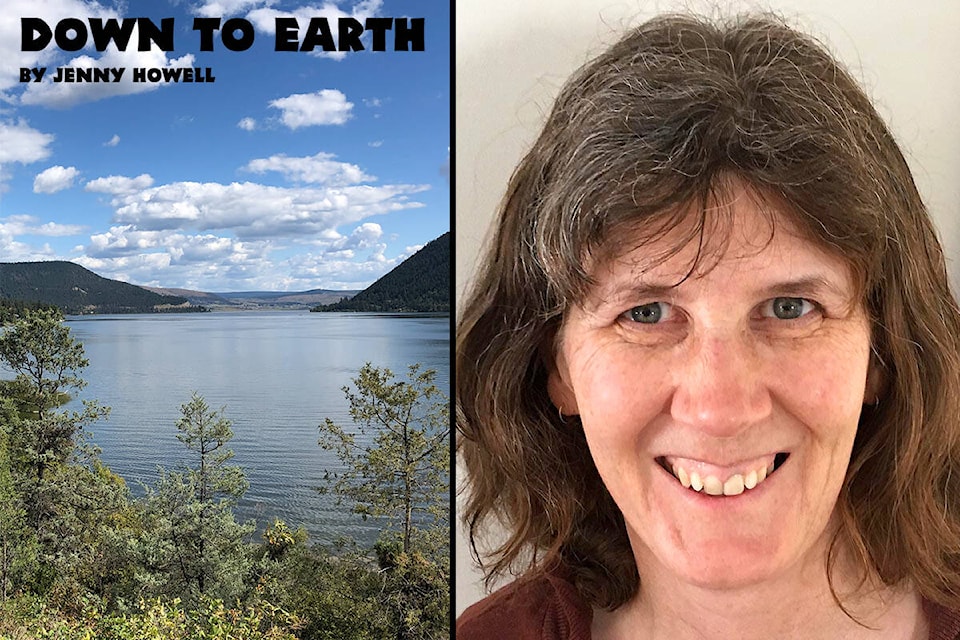Jenny Howell CCCS
Down to Earth
What will the world look like in thirty years?
That was the question I idly googled this week, in the aftermath of the recent B.C. floods.
For some climate change has always been sometime in the distant future, but in B.C. we know it is already here. This province has lurched from crisis to crisis in the last couple of years; forest fires, pandemics (increasing pandemics are linked to climate change), heat domes, floods, and through it all we assume that in time things will go back to normal for most of us; roads and bridges will be fixed, milk and bananas will reappear in the store, vaccines will appear to protect us, someone will get gas to the gas stations.
I am eternally grateful that we live somewhere where I still have that confidence.
But how long can that continue in the face of mounting climate disasters? When do insurance companies start to go bust, supply chains become permanently unpredictable, the next pandemic emerges?
Below is what to expect if we don’t hit the 1.5 degree climate targets, from a Time magazine article in April 2020, partially authored by Christiana Figueres, executive secretary of the United Nations Framework Convention on Climate Change from 2010 to 2016.
By 2050, we have long passed the point of any control of climate change and are in multiple feedback loops. Climate change is exponential, not a steady gradient. The Arctic ice sheet has melted; losing its ability to reflect the sun’s heat. There are few forests left, lost to wildfires and logging. Melting permafrost is now releasing ever increasing quantities of greenhouse gases. It is also releasing ancient microbes that current humans have no resistance to so new diseases are spreading.
Ticks and mosquitoes thrive in the warming climate, spreading even more disease. There are many more plant pests affecting crops and food production -they no longer have harsh winters to limit their numbers.
Large areas of the world are now uninhabitable (approaching 20 per cent); too dry or too wet or too hot. People that can leave these areas do; the current migrations we are seeing now are minor. Borders harden and intensify. Civil unrest and bloodshed are constants even in ‘Western’ societies as conflict over land and water scarcity increases and food supply chains are disrupted by frequent natural disasters. Food prices swing wildly as supply becomes unpredictable. Global trade slows as countries with resources keep it for their own citizens. The Amazon is fast becoming a savannah, no longer the lungs of the planet or generating the rainfall that can spread around the planet. Ecosystems all over the world are no longer functioning to regulate the flow of water, nutrients and biomass.
None of this sounds much fun, so where is the hope I promised in my articles?
I’m stretching, but the key is that the worst case scenario is not yet inevitable. If we stopped all greenhouse gas emissions today, it would still take 40 years for the climate to stabilize so we have to accept that we will be adapting to some version of the above.
To avoid the worst, we have to hope that countries honour the commitments they have made at COP26, such as on ending deforestation. Then we pin the rest of our hope on the very small window left open at COP26 to still limit the Earth’s warming to 1.5 degrees and that populations pile the pressure on to get governments there.
Jenny Howell is with the Cariboo Chilcotin Conservation Society
Do you have a comment about this story? email:
editor@wltribune.com
Like us on Facebook and follow us on Twitter.
